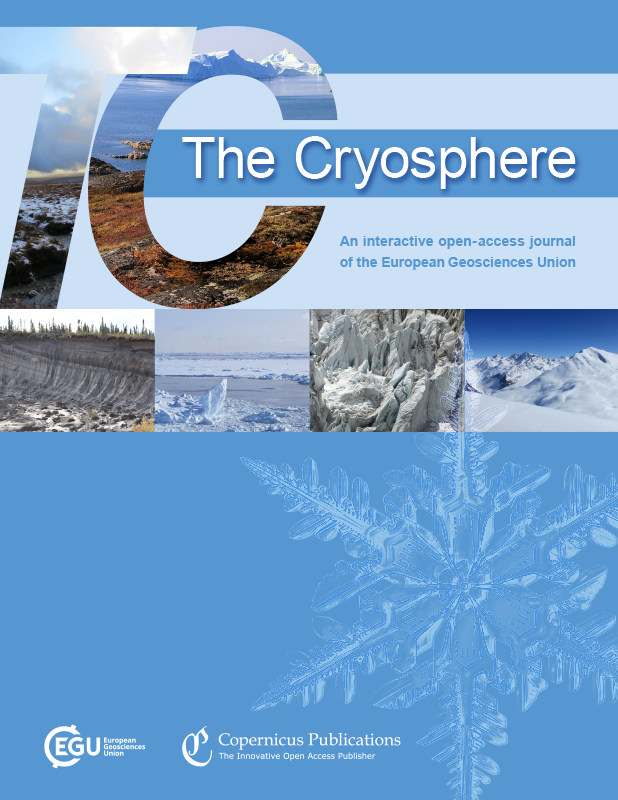2020
Jürg Schweizer, Christoph Mitterer, Frank Techel, Andreas Stoffel, and Benjamin Reuter
Abstract
In many countries with seasonally snow-covered mountain ranges warnings are issued to alert the public about imminent avalanche danger, mostly employing an ordinal, five-level danger scale. However, as avalanche danger cannot be measured, the characterization of avalanche danger remains qualitative. The probability of avalanche occurrence in combination with the expected avalanche type and size decide on the degree of danger in a given forecast region (≳100 km2). To describe avalanche occurrence probability, the snowpack stability and its spatial distribution need to be assessed. To quantify the relation between avalanche occurrence and avalanche danger level, we analyzed a large data set of visually observed avalanches (13 918 in total) from the region of Davos (eastern Swiss Alps, ∼300 km2), all with mapped outlines, and we compared the avalanche activity to the forecast danger level on the day of occurrence (3533 danger ratings). The number of avalanches per day strongly increased with increasing danger level, confirming that not only the release probability but also the frequency of locations with a weakness in the snowpack where avalanches may initiate from increase within a region. Avalanche size did not generally increase with increasing avalanche danger level, suggesting that avalanche size may be of secondary importance compared to snowpack stability and its distribution when assessing the danger level. Moreover, the frequency of wet-snow avalanches was found to be higher than the frequency of dry-snow avalanches for a given day and danger level; also, wet-snow avalanches tended to be larger. This finding may indicate that the danger scale is not used consistently with regard to avalanche type. Even though observed avalanche occurrence and avalanche danger level are subject to uncertainties, our findings on the characteristics of avalanche activity suggest reworking the definitions of the European avalanche danger scale. The description of the danger levels can be improved, in particular by quantifying some of the many proportional quantifiers. For instance, based on our analyses, “many avalanches”, expected at danger level 4-High, means on the order of at least 10 avalanches per 100 km2. Whereas our data set is one of the most comprehensive, visually observed avalanche records are known to be inherently incomplete so that our results often refer to a lower limit and should be confirmed using other similarly comprehensive data sets.



